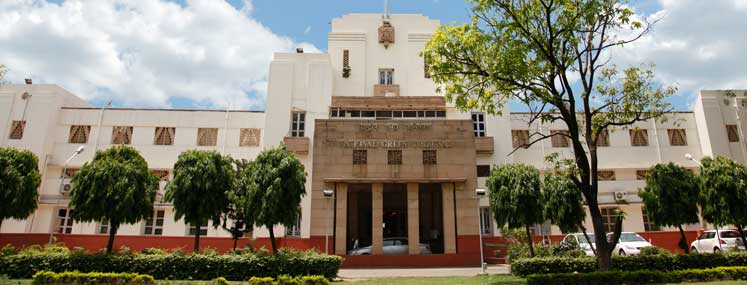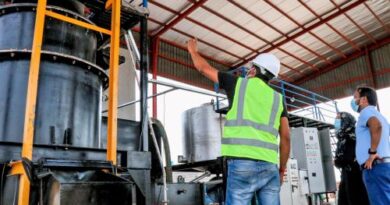NGT Angry Over Bihar’s Waste Management, Seeks Report by June 30

The National Green Tribunal (NGT) has directed the Bihar chief secretary Deepak Kumar, to submit a quarterly report on the status of implementation of the Solid Waste Management Rules, 2016. A bench headed by NGT Chairperson Justice Adarsh Kumar Goel ordered that at least three major cities and three major towns in the state and three panchayats in every district may be notified as model cities, towns or villages. They will be made fully compliant within the next six months and its first report is expected by June end.
The Bench said, “The remaining cities, towns and village panchayats of the state may be made fully compliant in respect of environmental norms within one year. A quarterly report be furnished by the chief secretary, every three months. First such report shall be furnished by June 30.”
The green panel showed concern about reports suggesting around 40% districts of Bihar have arsenic in its groundwater and arsenic contaminated aquifers in a 5 km wide study belt along the banks of river Ganga in Patna, Bhojpur, Vaishali and Bhagalpur districts of Bihar, are used for both drinking and irrigation purposes.
The NGT said, “Due to high levels of arsenic, the cases of cancer in Bihar are increasing day by day. The air quality index (AQI) of the city surged from 402 to 423, putting Patna as the third highest polluted city in the country.”
It further said, “Muzaffarpur in terms of the level of air pollution as the AQI of the north Bihar city was measured at 445.23. It was further reported that pollution level in Bihar is increasing by three percent per year and blamed population and density as the major factor for the high pollution.”
The tribunal also noted that according to a study, it was found out that more than 4,000 people die every year due to air pollution-related diseases in Bihar. It said,
“Unabated illegal sand mining in river beds is now being cited as the major cause for the flood havoc, which claimed over 60 lives in east and west Champaran districts of north Bihar. Damage was done to embankments at Sikta, Mainatand and Gaunaha areas where illegal sand mining was rampant.”
According to some experts, air pollution in Gaya is caused by suspended dust particles due to unchecked construction activities and illegal sand mining.
“There is lack of waste management in Bihar and it can lead to an emergency-like situation. No project has come up to harness methane gas from quarries. Data showed that the state government can produce 2MW of power from quarries that are filled with 750 tonnes of garbage every day and placed in fallow land.” NGT added.
The tribunal had earlier slammed authorities for failing to act on reducing solid waste. It has asked all states to display on the websites of their pollution control boards the progress made in complying with the Solid Waste Management Rules, 2016, Plastic Waste Management Rules, 2016 and the Bio-Medical Waste management Rules, 2016.








